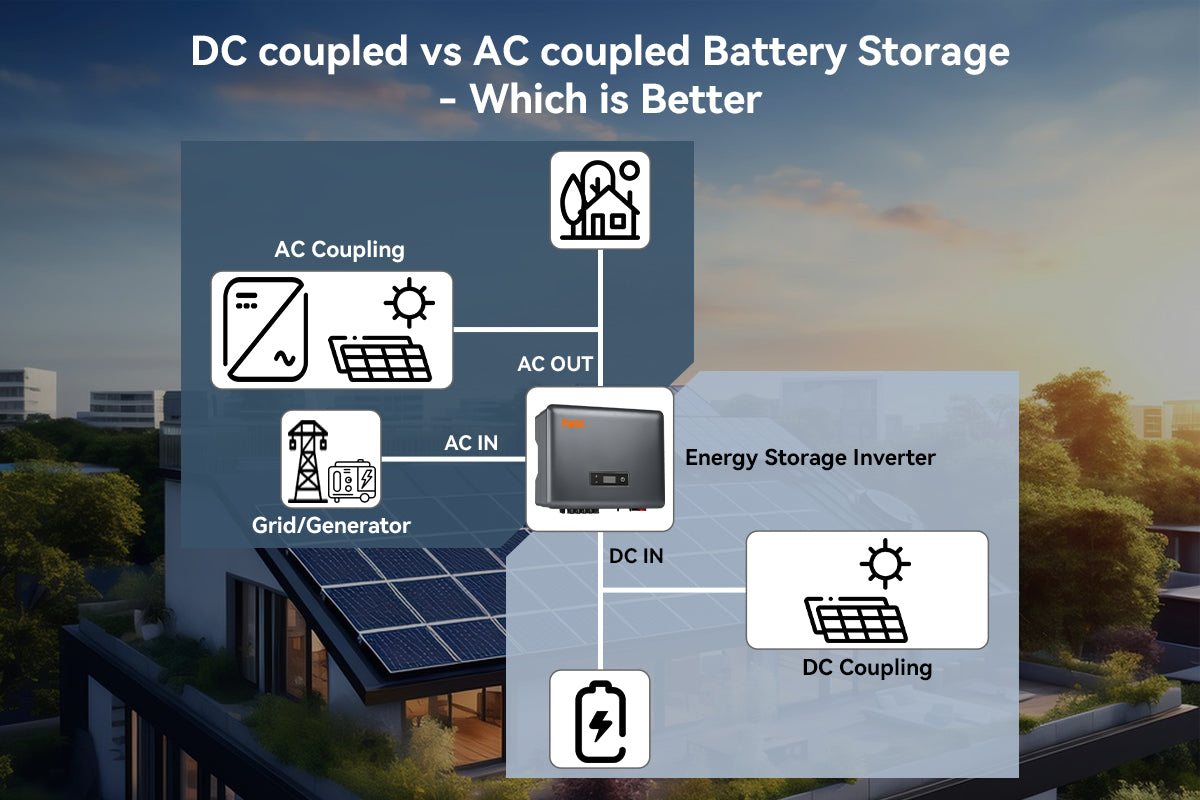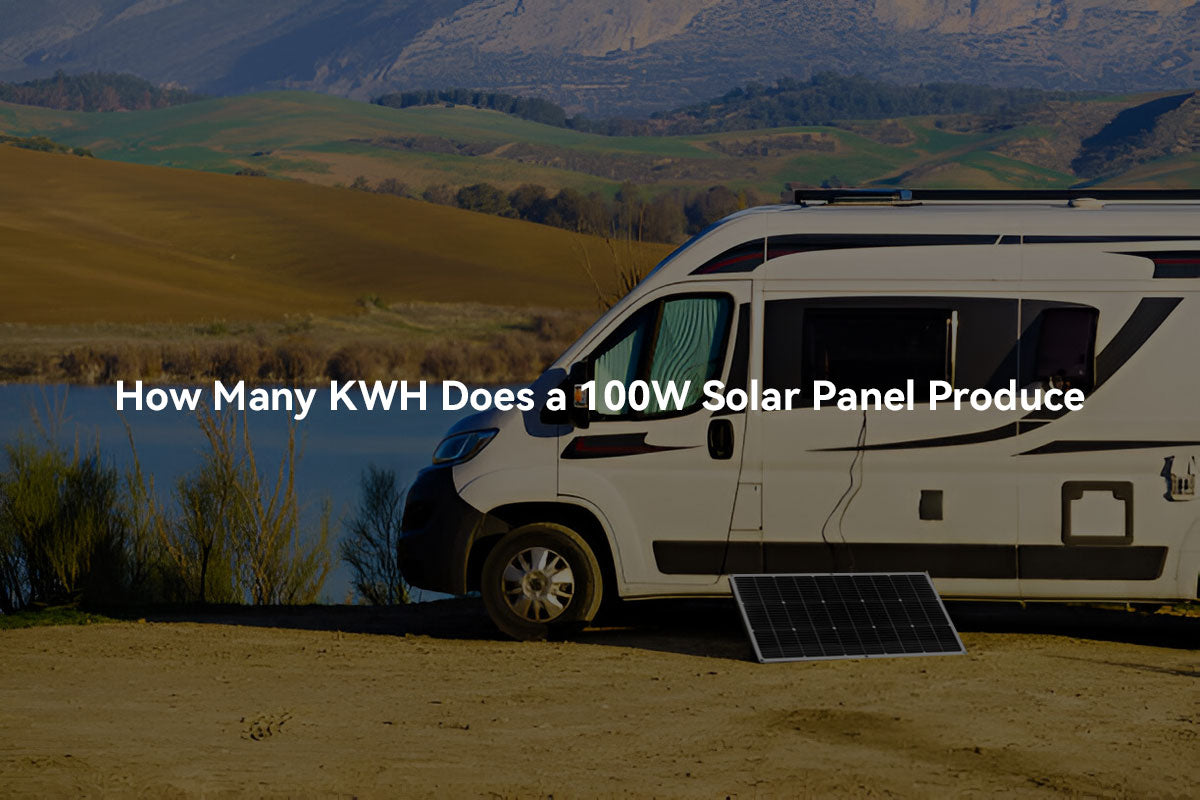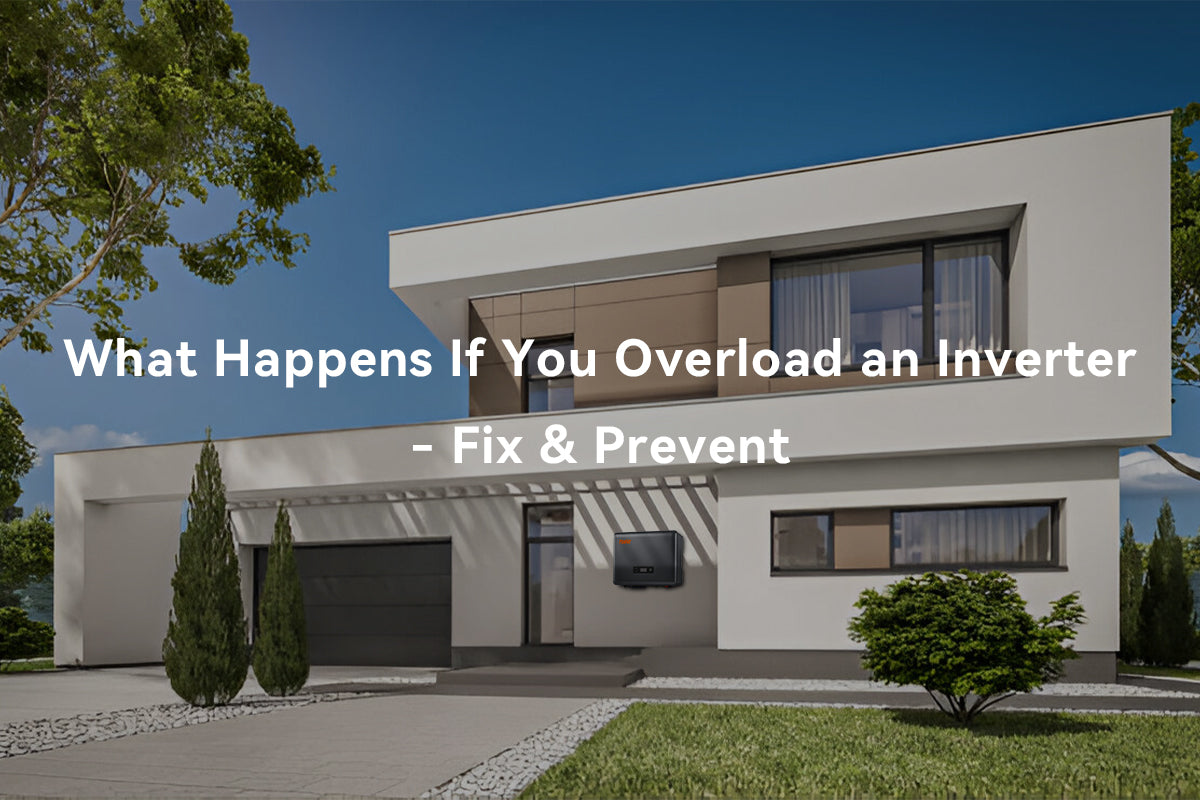In an era where solar power is revolutionizing energy use, solar batteries are crucial for homeowners to achieve electricity savings and uninterrupted power supply. As more people integrate batteries into their solar systems, the choice between AC coupling and DC coupling becomes essential for maximizing the benefits of solar energy.
In this article, we will delve into the intricacies of DC and AC coupling, their advantages and disadvantages, and how to determine the best option for your solar system.
What is DC coupling
DC coupling refers to a method where the electrity from solar panels directly storage in the battery system via a DC charge controller/an energy storage inverter. The DC electricity generated by the solar panels charges the batteries, and an inverter then converts the stored DC power to AC (alternating current) for household use.

Typical Examples of DC-Coupled Solar Systems
Residential new-build solar energy storage systems typically use classic DC coupled setup, comprising a solar energy storage inverter and batteries. This integrated system design maximizes the value of the upfront investment over its lifetime. Thanks to bi-directional energy management in a single unit, users can enjoy greater peace of mind without the need for later retrofits.
An off-grid solar system, commonly used in RVs and tiny houses, operates independently of the grid. It includes a solar charge controller and either a battery inverter or a combination inverter-charger. DC coupling ensures efficient energy management by supplying critical loads directly from batteries during periods of low solar production or providing emergency power during grid interruptions.
For users with an existing grid-tie solar system, retrofitting to a DC-coupled setup is feasible. By adding a solar charge controller and a battery, energy management improves significantly. This setup requires two separate solar arrays: one for battery charging and one for grid feeding. Additionally, an extra smart meter is necessary to monitor and manage energy distribution between the battery, PV, and the grid.
Advantages of DC coupled
Reduced Energy Loss
In a DC-coupled system, the direct current (DC) generated by the solar panel flows to a solar charge controller or a hybrid inverter, directly charging the battery. This process eliminates the need to invert the solar electricity from DC to alternating current (AC) and back to DC before storing it in the battery, thereby reducing energy loss.
Affordability
For new solar energy storage systems, DC-coupled systems are more cost-effective. In addition to higher energy conversion efficiency, combining the battery and panels under the same inverter reduces hardware costs, making these systems more affordable.
Increased Power
A DC-coupled system allows for the addition of extra solar arrays to generate more power, which can then be redirected to charge a backup battery, an EV charger, or a water heating system. In contrast, AC-coupled systems are limited in the size of the solar panel system due to the original inverter's PV input power capacity.
Disadvantages of DC coupled
Limited Flexibility
In a DC-coupled setup, the controller, battery, and inverter are connected in series, reducing flexibility. For new off-grid photovoltaic systems, it's essential to design the solar panels, batteries, and inverter according to the user's power load and electricity consumption. In retrofitted DC-coupled systems, the batteries need to be placed near the inverter, which may restrict installation options.
What is AC coupling
The AC-coupled system includes both a photovoltaic (PV) power system and a battery power system. The PV system consists of a PV array and a grid-tied inverter. The DC electricity generated by the PV modules is converted into AC electricity by the inverter, which can then be used to power loads directly or be fed into the grid. The battery system consists of a battery pack and a enery storage inverter, which charges the battery with the power source from the grid tied inverter or from the grid.

Typical example of AC-Coupled system
Retrofit for Existing PV Systems:For grid-tied systems that need additional battery storage capacity, AC coupling is commonly used. The battery can simply be connected to the AC output side, just like the grid.
Grid services: Through AC coupling, solar and battery assets can operate independently and be sized separately. This makes it easier to tailor the system for grid applications, such as frequency regulation.
Commercial retrofits: To avoid extensive rewiring of old electrical systems, commercial buildings with large energy storage needs often choose AC coupling when adding solar and storage systems.
Advantages of AC coupled
Simplified installation
In an AC-coupled system, the grid-tied inverter, battery, and bi-directional converter are connected in parallel. Adding a storage system to an existing photovoltaic setup only requires installing the battery and bi-directional converter, without affecting the original PV system.
Flexibility
Installers can place inverters and batteries freely, allowing for adaptable setups. When adding a storage system to an existing PV system, it can be directly integrated without additional system design adjustments. The storage system design is independent of the PV system and can be tailored to specific needs.
Disadvantages of AC coupled
Efficiency trade-off
In AC-coupled systems, electricity from the solar panels is first converted to AC by the grid-tie inverter. It is then stored in the battery via the controller/energy storage inverter. Finally, it powers the loads after another DC to AC conversion, resulting in three conversions between DC and AC, which leads to efficiency losses.
Interrupt Electricity Generation
If an outage occurs and too much energy is drawn from the battery bank, the grid-tied inverter will shut down, causing the solar panels to stop generating energy. The system owner may have to wait for grid power to return before the system can come back online and recharge the battery.
DC Coupling vs. AC Coupling: Which is Best for Your Solar System?
When to Choose DC Coupling
If you use more electricity at night than during the day, DC coupling is more suitable for you. During the day, the direct current (DC) generated by the solar panels is stored directly in the batteries through a controller, achieving over 95% efficiency. In contrast, AC coupling involves converting the DC from the solar panels to alternating current (AC) using an inverter, then back to DC through a bi-directional inverter before storing it in the batteries. This process reduces efficiency to around 90% or less.
For new solar installations, DC coupled systems are the preferred choice. They are more cost-effective in terms of both equipment and installation compared to AC coupled systems. An AC coupled system includes a grid-tie inverter, a bi-directional inverter, and a distribution panel, which are more expensive to manufacture and install than the controller or energy storge inverter used in a DC coupled system. The controller and transfer switch are significantly cheaper than the grid-tie inverter and distribution panel.
When to Choose AC Coupling
If you use more electricity during the day, an AC coupled system is more suitable. The solar panels' electricity is directly converted by the inverter to supply the load, achieving over 96% efficiency.
For existing grid-tied solar systems, we recommend choosing AC coupling. This only requires adding batteries and a bi-directional inverter to the system, with no impact on the original solar setup. Adding a DC coupled system would be more costly, as it would involve redesigning the entire solar system.
Note:
Pay attention to local regulatory restrictions on the size of inverters permitted to connect to the grid. In some areas, there is a limit on inverter capacity per phase, and the total inverter capacity includes any battery inverter. In this case, consider replacing the existing inverter with a properly sized hybrid energy storage inverter.
Choose based on your specific needs. In conclusion, a DC coupled system has lower initial costs, higher efficiency, and is easier to manage, while an AC coupled system has lower retrofit costs and less impact on existing systems.



